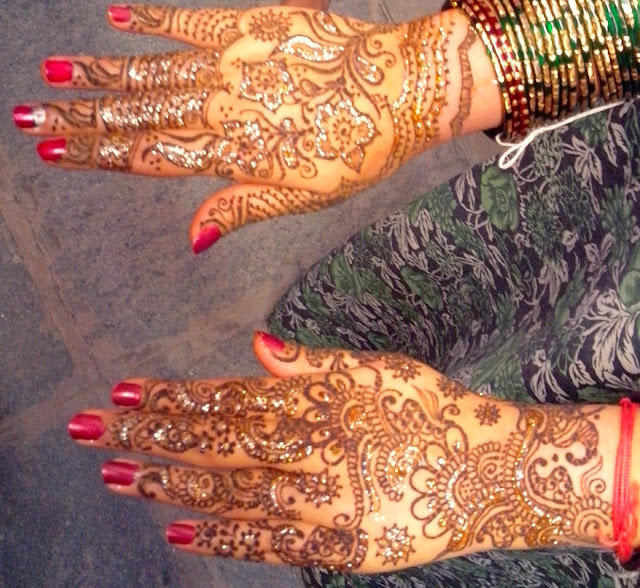Attractive Mehandi Designs
Mehandi is always included in our culture. In all our traditional occasions mehandi is used. Mainly in weddings mehandi is a must and it enhances a rich look in beauty of the bride.
Tuesday, 5 June 2018
Sunday, 5 July 2015
Saturday, 4 July 2015
Sunday, 11 January 2015
New art of mehandi
The name henna also refers to the dye
prepared from the plant and the art of
temporary tattooing based on those dyes.
Henna has been used since
antiquity to dye skin, hair, and fingernails, as
well as fabrics including silk , wool , and leather .
The name is used in other skin and hair dyes,
such as black henna and neutral henna,
neither of which is derived from the henna
plant.
Historically, henna was used for cosmetic
purposes in Ancient Egypt , as well as other
parts of North Africa, the Horn of Africa, the
Arabian Peninsula , the Near East and South
Asia . Bridal henna nights remain an important
custom in many of these areas, particularly
among traditional families.
Friday, 28 November 2014
Bridal design
Wonderful designs liked by bride.
Suitable for wedding occasions.




















